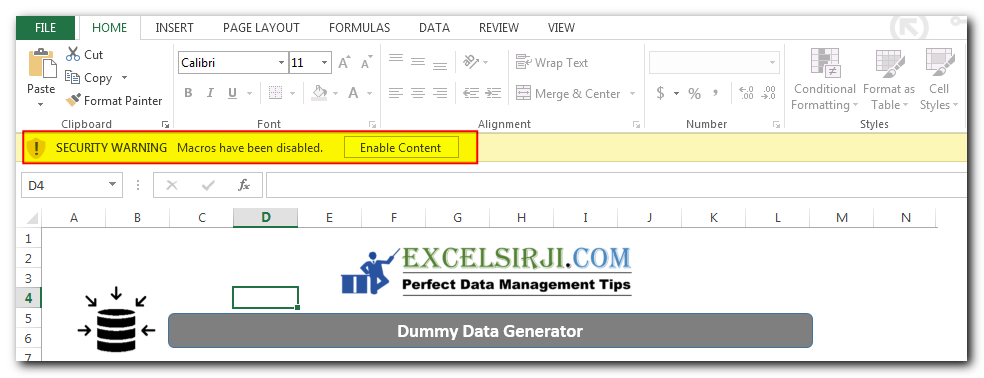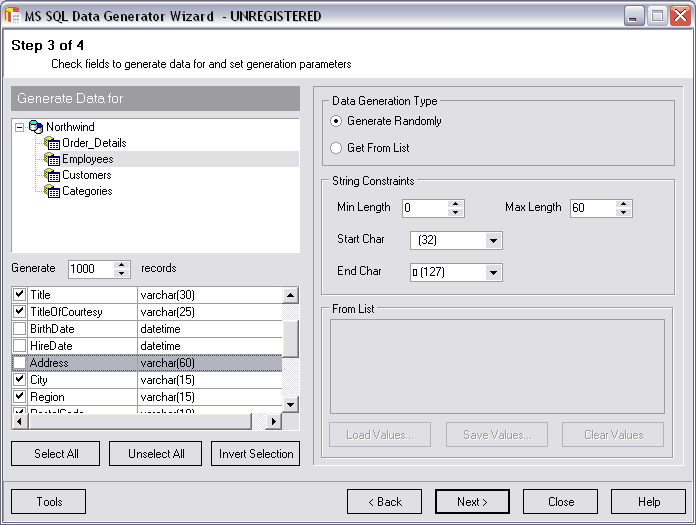

The most convenient way is the population of SQL tables with random data with the help of visual data generation tools. Each time you need a different set of tables, you have to create a new layout. First, create a layout with the tables for which you want to generate random data. So you might have ChildEntity picking a random element from ParentEntity to assure that the FK-PK relationship was correct. Filling a SQL database with dummy data can be very useful when we want to run some tests. The generator patterns are saved for each column in the model file. The next step is to create a folder in the web application solution to host the images.
#Dummy data generator for sql code
Instead of generating random keys, you want to make a random selection from the other entities. Step 3: Create a Folder in the Solution to Host QR Code Images. MyData = įor multiple entities, you have to work out the cardinality. Self.append( random.randrange( 100, 1000 ) ) Here's a stripped-down one-table-only version of a data generator that writes a CSV file. I actually don't like this as much, but you might. SQLAlchemy This is an Object Relational Mapper (ORM) for SQL.

This will be used to package our dummy data and convert it to tables in a database system. We will use this to generate our dummy data. Use an ODBC connection to generate data directly into the database. Faker This is a package that can generate dummy data for you. Generate CSV files of data which you can load manually. Generally, you want to build an entity model of your own so that you can be sure you have ranges and key relationships correct. Looking at 3 and 4 together, you don't want simple reverse engineering - you want something you can control to produce realistic values. There are ways to discover the database metadata and constraints. The first two indicate that you want to produce script files that will load your data. For generating sample data, I use simple Python applications.Ī repeatable set of data that you can for performance testing and get consistent results.įollow all of the DB referential integrity rules and constraints.


 0 kommentar(er)
0 kommentar(er)
